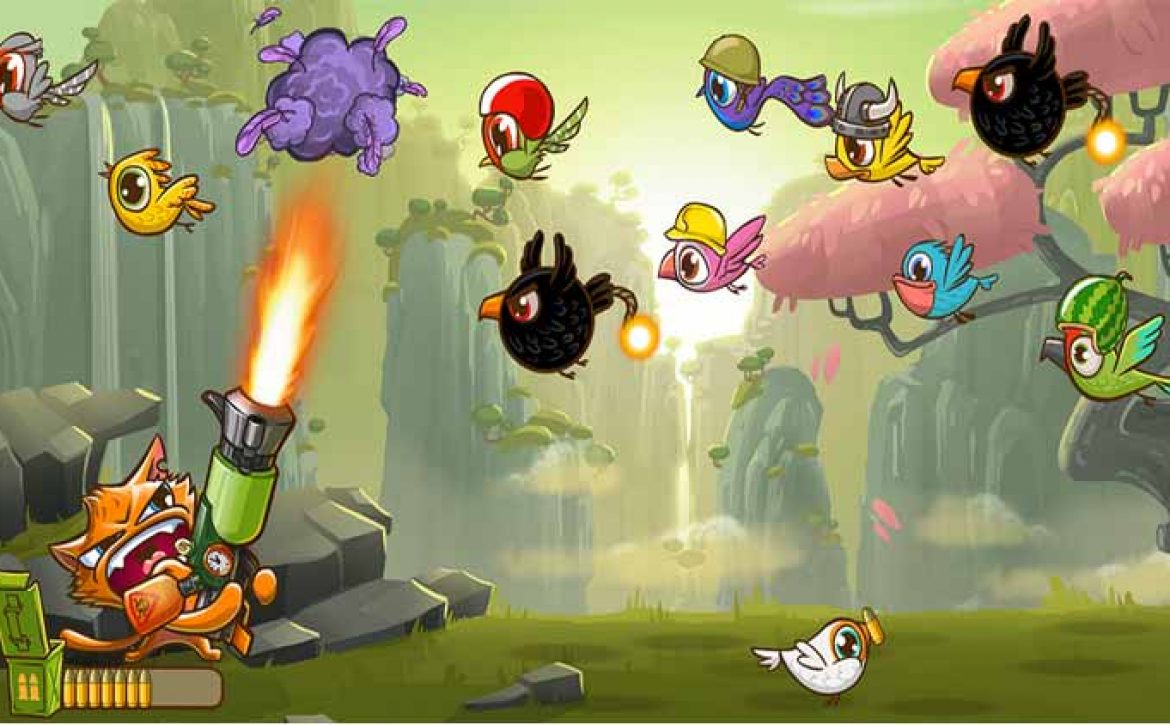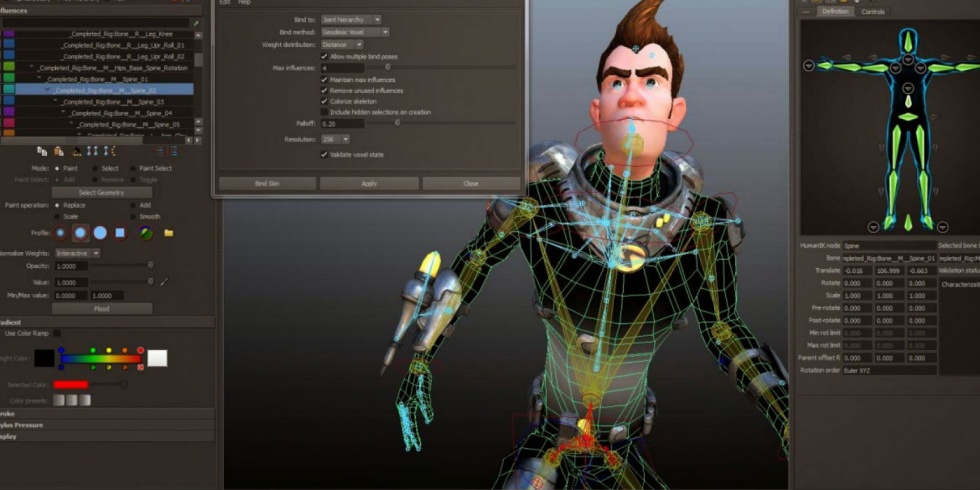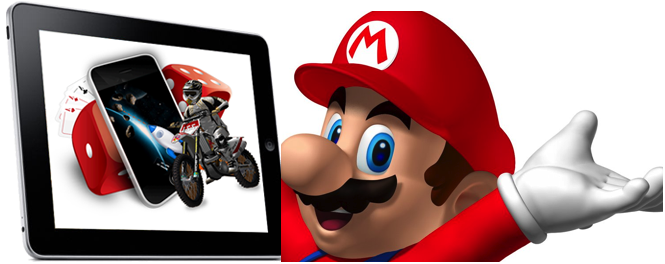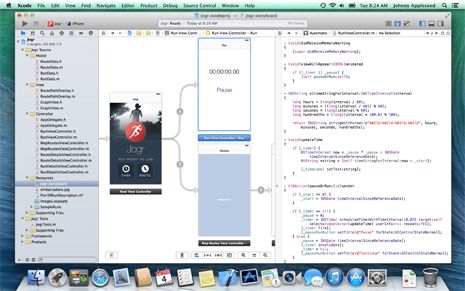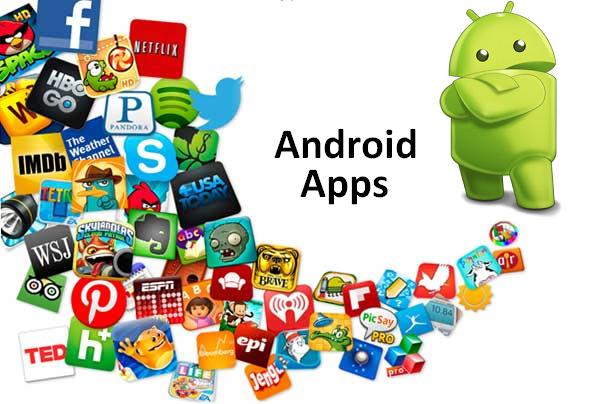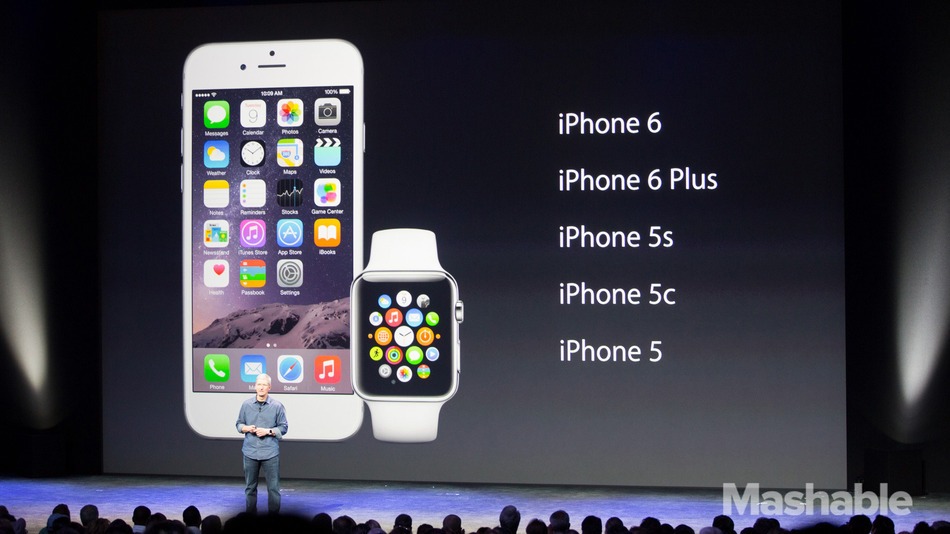Game Of Thrones – Tech StartUp Edition
The Game Of Tech Startups
“In the game of startups, you either innovate or you die”
The year long wait for Game of Thrones is finally over. The most globally watched series premiered its 7th season yesterday and the wait has definitely killed us. ( Or some of the characters at least!)
We know Winter Is Finally Here.
We all know John Snow is a Targaryen, & Sansa finally re-unites with him. Cersei is bitchier than ever before and Tyrion, we all know he will be more badass this time around.
What about the dragons?
Well, you will have to wait and watch it for yourself.
As of now, we asked ourselves this red wedding sort of a question.
If all characters from Game of Thrones applied to a startup, whom would you hire?
And the answer will provoke the North.
Tyrion Lannister as Co-Founder
Well, no surprises there.
If you were looking for a knowledgeable, forthright leader executing your ideas, Tyrion as a co-founder is nothing less than perfect. He knows to work like a log and shed any inhibitions while doing so. You will find a great advisor, a loyal friend and an extremely calculated risk taker in him.
“That’s what I do. I drink and I know things”
He is famous for drinking wine and eloquent dialogues. Don’t be surprised if your company goes viral with just his epic public speeches. Also, avoid being a Joffrey and you are good to go.
Varys as Advisor
“Any fool with a bit of luck can find himself born into power. But earning it for yourself, that takes work.”
He is the greatest advisors of all times. Considering the dirty games of Westeros, probably better than Dumbledore.
Admit it. However diminished, it was only when Varys escaped with Tyrion, you finally lost faith in the future of King’s Landing. It was like a nail in the coffin because we know with his network of birds, spiders and whisperers, his word is the ultimate deal breaker. If this is not enough, his conviction to preserve the realm irrespective of who is in power, makes him the foremost candidate for this role. Having him by your side will open a door of opportunities considering he is outspoken when needed, encouraging in the right way and projects a future based on knowledge and data.
Daenerys Targaryen as CEO
“Freedom means making your own choices”
Perfect addition to your board of directors, Dany is CEO material through and through. Having built an empire from nothing but a couple of Dothrakis, she has leadership experience like no other.
Listening to advice, caring for her team, taking nothing and no one for granted and knowing exactly what works in the best interest of her people, she ticks off all the checkboxes and creates some too. For example, she will be great at promoting and retaining the right people thus, building a great team balanced with knowledge, skill and loyalty.
If this was not enough, holding her dragons captive for the sake of her people put her on a different pedestal altogether. Forgiving yet ruthless, calm yet stormy, caring yet merciless, Daenerys is a perfect blend of character and class. Also, with her babies by her side, she can easily burn your competition into flames in no time.
Jaqen H’ghar as Developer
“Valar Codaeris. All men must code”
You barely know him. His name most probably might be an alias. Yet, his impenetrable aura makes you quietly respect and secretly revere him. Jaqen is highly skilled and extremely mysterious. With an ability to don lot of faces, this Faceless Man of Braavos is a perfect addition to your technical team.
He craftily crypted the passage to The House of Black and White and religiously followed the predefined syntaxes of Faceless Men. He built situational algorithms for his trainees and silently debugged the code of conduct of the world in an attempt to bring order to his world. He considers it his duty to serve through innovation.
Petyr Baelish as Marketing Manager/ Business Development
“Chaos isn’t a pit, chaos is a ladder”
Nakedly ambitious, cunningly resourceful and popular among his circles, he can easily pass off as a marketing manager or in business development. Creating favorable situations (killing Joffrey), running on a budget and finding loopholes to exploit, he is definitely the man you should be hiring for this role.
Being the popular man he is, resources and news come easy to him. Studying his character, will bring out the epiphany in age old adages like ‘make hay while the sun shines’ or ‘strike when the iron is hot’.
Tywin Lannister as Chief Operations Officer
“Do you really think the crown gives you power?”
If he were to send you a resume, it would probably begin with that.
And if you think this was impressive, wait to read his Experiences section.
Served as-
Hand of the King
Lord of House Lannister
Lord Paramount of the Westerlands
Lord of Casterly Rock
Warden of the West
Winning the Battle of the Blackwater, making Joffrey toe the line, befriending the wealthy Tyrells, conspiring the Red Wedding, thus, bringing order in King’s Landing was not easy; Tywin ensured control of this certified impossible task. If your sales, marketing, technical and directors need synchronization and smooth , it would be better if you expedite his hiring. Your Chief Operations Officer will be famous for being an untiring strategist.
Valar Dohaeris!










